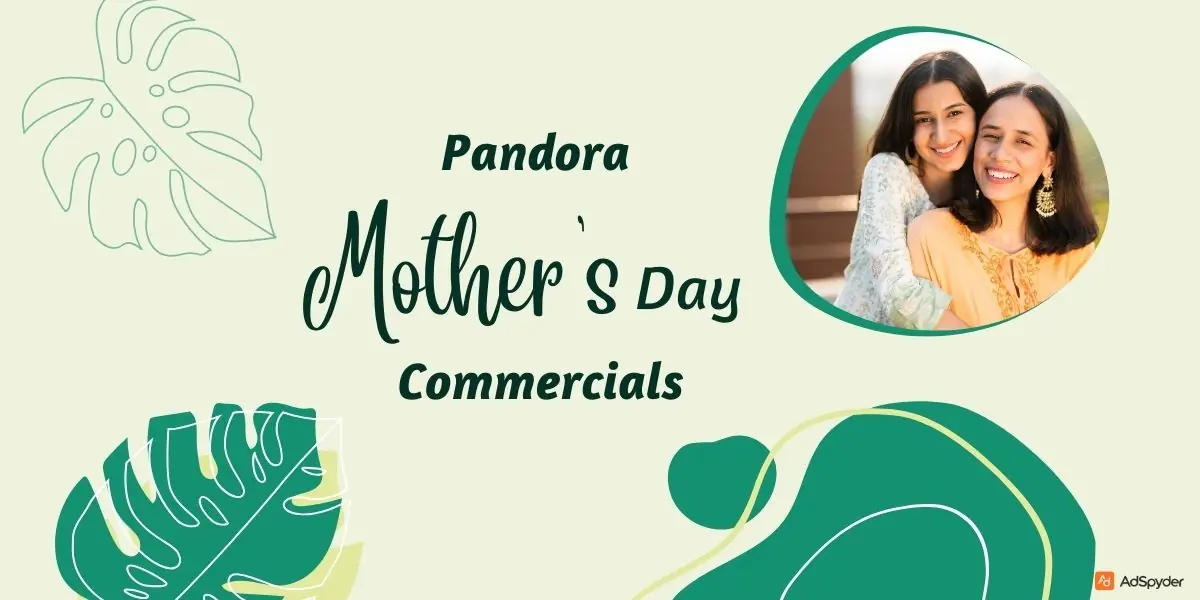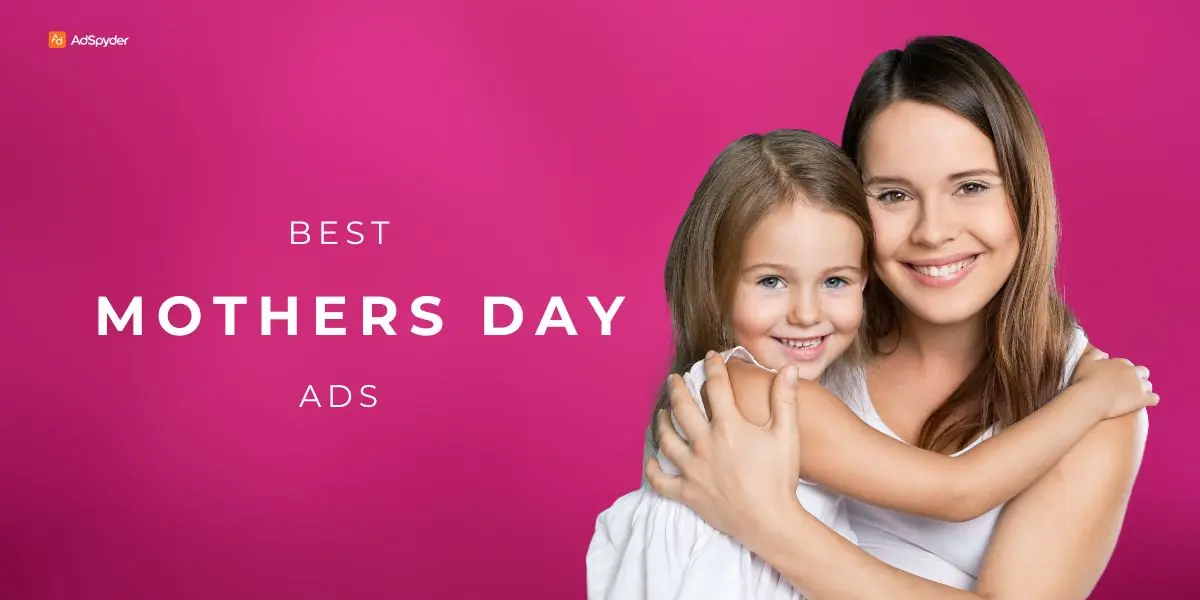Attention is now the hottest commodity on the internet, and nobody feels it as hot as a nonprofit organisation that is looking for awareness, donations, and volunteer hours. Traditional fundraising works, but it is ineffective without a strong ally in the new digital world of content marketing strategies for nonprofits.
Ready to Elevate your Marketing Strategy?
Summary
The digital age has allowed nonprofit organisations to reach out to supporters, increase their impact, and engage supporters. Content marketing is one of the most effective ways to raise awareness, build trust, and inspire action. This guide takes a close look at all the aspects of content marketing for nonprofits. As briefly discussed above, the benefits of content marketing include increasing brand awareness to donors and volunteer attraction as well as fundraising activities. We are going to investigate several formats suited for nonprofit content marketing and plot a roadmap of how to create a winning content marketing strategy. We will present the best practices for the development of content, dissemination, and evaluation. And finally, we will be addressing your most asked questions so you are prepared for your nonprofit’s content marketing venture. Adopt content marketing – the future of unlocking your organization’s full potential in the digital age.
What is Content Marketing for Non-Profits
Content marketing for non-profits is actually about writing and publishing important, informative, and entertaining pieces of content. This content serves the purpose of attracting an intended audience and also retains it to educate and create trust in the prospective donors and volunteers about your organizational mission. Your objective would therefore be to eventually drive actions for the attainment of your fundraising goals and social causes.
Why is Content Marketing Significant for Non-profits?
There are so many compelling reasons for nonprofit organizations to embrace content marketing:
- Raise awareness and educate: Good content marketing educates the public about your cause and the issues you address. This increases brand awareness and positions your nonprofit as a thought leader in your field.
- Build Trust and Credibility: Consistently providing high-quality content that communicates expertise and passion about your mission and work establishes an organization as a trusted resource for your supporters.
- Engage with Supporters and Donors: Content marketing enables you to connect with an expanded audience of those who share a similar value. Engaging contents create a sense of community and help people get started.
- Drive Donations and Fundraising: Compelling content marketing inspires action and encourages viewers to donate to your cause or volunteer their time and skills. Informational content on the impact of your organization will show how donations translate into making a difference.
- Boost Website Traffic and Engagement: High-quality content attracts visitors to your website, increases organic search engine ranking (SEO), and keeps them engaged with your organization’s work.
- Tell Your Story, Inspire To Act: Through your organization, you get to tell rich stories about whom you are trying to help people that bring people’s spirits to life by resonating with them and with them and which inspire empathy through action.
- Reach More and Make a Larger Impact: It’s digital marketing. This means bypassing geographical bounds to reach your potential supporters everywhere in the world, thus spreading the reach to maximum impact by your organization.
Related: Email Marketing: A Powerful Ally in Content Distribution
Understanding Your Nonprofit Content Marketing Audience
Knowing your target audience would be the very first step towards successful nonprofit content marketing. Nonprofits often deal with very diversifying audiences with even diverse interests and levels of engagement in your cause. Key considerations for this are as follows:
- Demographics: The age groups, locations, and interests of your target audience. This tailors content to their needs and preferences.
- Identify a good donor to suit you and understand what motivates him, the difficulties he faces, and how you should communicate with him. From these personas, you may then create the right kind of content that fits him in terms of values and inspires him to give.
- Volunteer Personas: You can come up with volunteer personas to identify what drives a volunteer and what type of volunteer opportunity they’re looking for. In this way, you can build your content in such a manner that you’ll attract dedicated volunteers for your cause.
You’ll be able to create relevant, engaging, and inspiring content for your target audience so that they’ll help you with your cause.
Types of Content Marketing for Nonprofits
Content marketing options for nonprofits: There are hundreds of ways the nonprofit sector could creatively engage in content marketing. Here are a few popular, effective content formats to consider:
SEO Related Content
- Blog Posts: A blog is an essential part of any nonprofit content marketing strategy. Write informative blog posts that educate readers about your organization’s mission, the issues you address, and the success stories of beneficiaries. Provide insights into the social impact you create and the challenges you strive to overcome.
- Website Content: Your website will be the place where the majority of your donors and volunteers will find precious information about your nonprofit organization. Keep content on your website very short containing information like your mission, programs, and impact, then supplement such information with nice pictures and through people’s stories and testimonials and calls for action to donate, volunteer, or subscribe to your newsletter.
- Storytelling and Case Studies: People love stories. Share compelling stories of the people that your organization supports, the difficulties they are working with, and how you help improve their lives. Tell impactful case studies demonstrating how effective your work is and what real transformational difference you have on the lives of others.
- Videos and Audio/Visual Content: Video is the most excellent medium for storytelling. It could make viewers feel anything and get anyone’s attention. Develop engaging video content that tells your mission, shares some success stories, and indicates interviews with beneficiaries and members of staff. Engage other multimedia elements such as infographics, animations, and podcasts, among others to make the content more varied for different types of learners.
Other Forms of Content
- Social Media Content: Social media is an effective communication channel; that connects with supporters, builds awareness, and drives engagement. Share factual interesting bits of information across different social media platforms using visuals, stories, live videos, or even interactive polls to make it the spark for conversations and create communities around causes.
- Email Marketing: Email remains a vital tool through which relationships with potential and current donors are nurtured. Use the targeted campaigns through email with updates on the work being done with the organization, success stories, and action inspiration for the campaign. Further, segment your email list to promote supporters’ content of interest to them.
- User-Generated Content (UGC): Encourage supporters to share their experiences and stories about your organization through user-generated content (UGC) campaigns. Host photo contests, encourage social media mentions, and showcase testimonials from volunteers and beneficiaries. UGC fosters authenticity and builds trust with potential supporters.
- Advocacy Content: If the core work of your nonprofit organization is advocacy, then there must be information content published for the general public to become informed about various policy issues. Create informative blogs, infographics, and petition papers to engage supporters for the cause.
- Impact Reports and Annual Reports: Transparency has many aspects, not the least important of which will be building and maintaining trust and confidence with its donors. To that end: Develop annual reports on the financial condition of your organisation, program-specific outcomes, as well as measures of the resultant social impact produced. Publish online and through emails.
You can cater to different audience preferences by using a variety of content formats and creating a comprehensive content marketing strategy that resonates with your target audience.
Check Out: What is Content Marketing and Why is it Important
Developing a Winning Nonprofit Content Marketing Strategy
A successful nonprofit content marketing strategy will always be characterized by careful planning and execution. Here is how you can begin:
- Define Your Target Audience: This was the very first step discussed above. Define your target audience based on demographics, interests, and preferred channels of communication.
- Set Content Marketing Goals: Why are you making this content? Do you want awareness, increase web traffic, create new donors, or get volunteers signed up? Goals will determine both your content production and distribution process.
- Plan your content using a content calendar so that you are sure of the continuity of content as well as orientation for yourself. Also, ensure you schedule different kinds of content in your calendar so that the audience may also not lose interest.
Content creation best practices
- Focus on creating high-quality content that is informative, engaging, and visually appealing. Conduct thorough research, ensure factual accuracy, and maintain a consistent brand voice. Optimize your content for search engines to drive organic traffic back to your website.
- Do not simply produce content. Hope that people will find it. Instead, put together a robust content distribution strategy to ensure that your content finds its way to your audience. Use your website, social media channels, email marketing campaigns, and influencer outreach as levers for the promotion of your content.
- Engage your audience by engaging with your content. Respond to social media posts with comments, respond to questions on blog comment pages, and have online discussions. User engagement helps build community and keeps an audience close to your organization.
- Use appropriate metrics to track performance. Follow metrics like web traffic, social media engagement on sites, email open rates, and conversion of donors. Analyze these data to understand what is going right and what is wrong so that you change your strategy to always optimize further.
See It Here: CMS in Content Marketing
Best Practices for Nonprofit Content Marketing
Be authentic and transparent
Nonprofit audiences are attracted by authenticity. Outline your mission, challenges, and impact. Share stories about successes and setbacks to build trust with your would-be supporters.
Focus on the impact
Emphasize all the positive impact your organization produces in the lives of beneficiaries and communities you work with. Use data and metrics to quantify as much as you can, but also keep it within your mark to not underestimate the power of storytelling.
Emotional Storytelling
Reach into emotions. Create stories that make them feel, creating the impulse for action. Tell the plight of beneficiaries and what you change by harnessing the transformative force of your initiatives.
Call to Action
All the content you make has to include a clear call to action – you want it to be very clear to your viewers what you want them to do next. Maybe it’s a contribution, volunteering to help in any way, placing their name on a petition for change, or even subscribing to an email list and keeping in close contact.
Mobile-Friendly Content
The world is mobile-first, and the content should be optimized to be viewed on smartphones and tablets. Use responsive design, high-quality visuals, and concise text to make the experience engaging for mobile users.
Partner with Influencers
Partner with relevant influencers in your field to broaden your reach and connect with new audiences. Influencers can promote your content, share their experiences with your organization, and inspire their followers to support your cause.
Data-driven approach
Make the content marketing data-driven. Track the key metrics and know how to measure the results to see what will work best for your audience. Use that data to make the content creation strategy an excellent move and consequently optimize content for great performance.
Be patient and consistent
A winning nonprofit content marketing strategy will take some time and consistent effort. Be willing to let go of those agonizing slow results at the beginning. Continue the fight, be patient, keep producing quality content, and continually adjust according to the shifts in data and audience engagement.
Must See: The Role of White Papers and E-books in B2B Content Marketing
FAQs
How frequently do I publish new content?
Content marketing is all about consistency. You need to plan to publish new content at regular intervals, say once a week or fortnightly. This keeps your audience focused and entertained by an uninterrupted flow of informative content about your organization.
What kind of content do donors resonate with?
What seems to be what usually resonates with the heart of every different person is how your organization created an impact. It might be through the success stories testimonials, case studies, or data-driven reports about the change you are creating.
How do I inspire user-generated content?
Develop campaigns on social media with relevant hashtags that encourage the supporters to share experiences with your organization. You can run photo contests, showcase the UGC on your website and other social media and recognize anyone contributing to UGC.
How do I measure the success of my nonprofit’s content marketing efforts?
Track relevant metrics about the success of your content marketing campaigns. This would include website traffic, social media engagement links, shares, comments-e-mail open rates and click-through rates, volunteer sign-ups, and donation conversions these count in assessing the ultimate cost-effectiveness of content marketing.
How costly is content marketing?
With a low budget, one can quickly and easily come out with content that little bit sophisticated and reach people with appropriate promotional strategies. This involves high-quality content creation and free promotion via social media plus using free or low-cost resources for creating the content.
How can I reuse existing content in my nonprofit content marketing strategy?
This is a great way of leveraging your assets: repurpose old content. Take a blog post and create infographics. Develop video summary clips of successful stories. Shorten your content and transform it into social media snippets, or base a presentation on your annual report.
Conclusion
Recap
In the digital age, effective communication is the key to success for any nonprofit organization. Content marketing enables nonprofits to reach out to supporters, bring attention to causes, and drive action. This comprehensive guide has explored all aspects of content marketing for nonprofits. We have discussed how it builds trust and credibility, educates audiences about your mission, and drives donations, volunteerism, and social impact. All these we covered are all the types of content appropriate to a nonprofit; in addition to giving guidelines for the making of a successful campaign on content marketing, we elaborated best practices, first for making the content to its delivery method, measuring for a campaign as well as covering questions often raised, which have helped prepare answers to help your nonprofit campaign venture.
Final Thoughts
Through this world of non-profit content marketing, creativity will thrive. This is just as purposeful action will have a place of its own. With content marketing and storytelling, nonprofit organizations will boost their voice much louder. They can touch more people for a greater purpose. This is towards making a more significant difference within this world. Content marketing is indeed not a dash but a long marathon. For this reason, be patient in creating high-quality content and even adapt according to data and results.
Call to Action
Ready to open up the opportunity for content marketing to elevate your nonprofit’s impact? Here is how to begin with actionable steps:
- Audit of Content: You check and assess the contents you already have. This is so that the strengths, weaknesses, and gaps can be noted. Such a task will then allow you to identify which types of content would perform well, where improvements were necessary, etc.
- Content Marketing Strategy: Define who your target audience is. Focus on the goals of content, and the formats that best deliver your objectives. A content calendar will keep everything consistent.
- Quality and Impact: Your content must be right, informative, and tell a story about all the good work your organization is doing.
- Storytelling: Come up with a story that would evoke emotions and inspire action.
- Content format diversification: Mix formats. This may include blog posts, videos, infographics, social media posts, and emails, among others. This is for different audience needs.
- Content promotion: Stop doing only the creation process. Promote content through every channel by reaching out to influencers as well.
- Monitor and analyze results: Track key performance indicators that determine how effective the content marketing would be in performing its processes. Analyze the data to establish what is working and make corresponding adjustments for constant optimization.
Follow these steps and embrace a data-driven approach. You will create a successful nonprofit content marketing strategy that inspires action and expands reach. You can maximize the impact of your social cause. So take time, get creative, and make the nonprofit content a source of good force.




